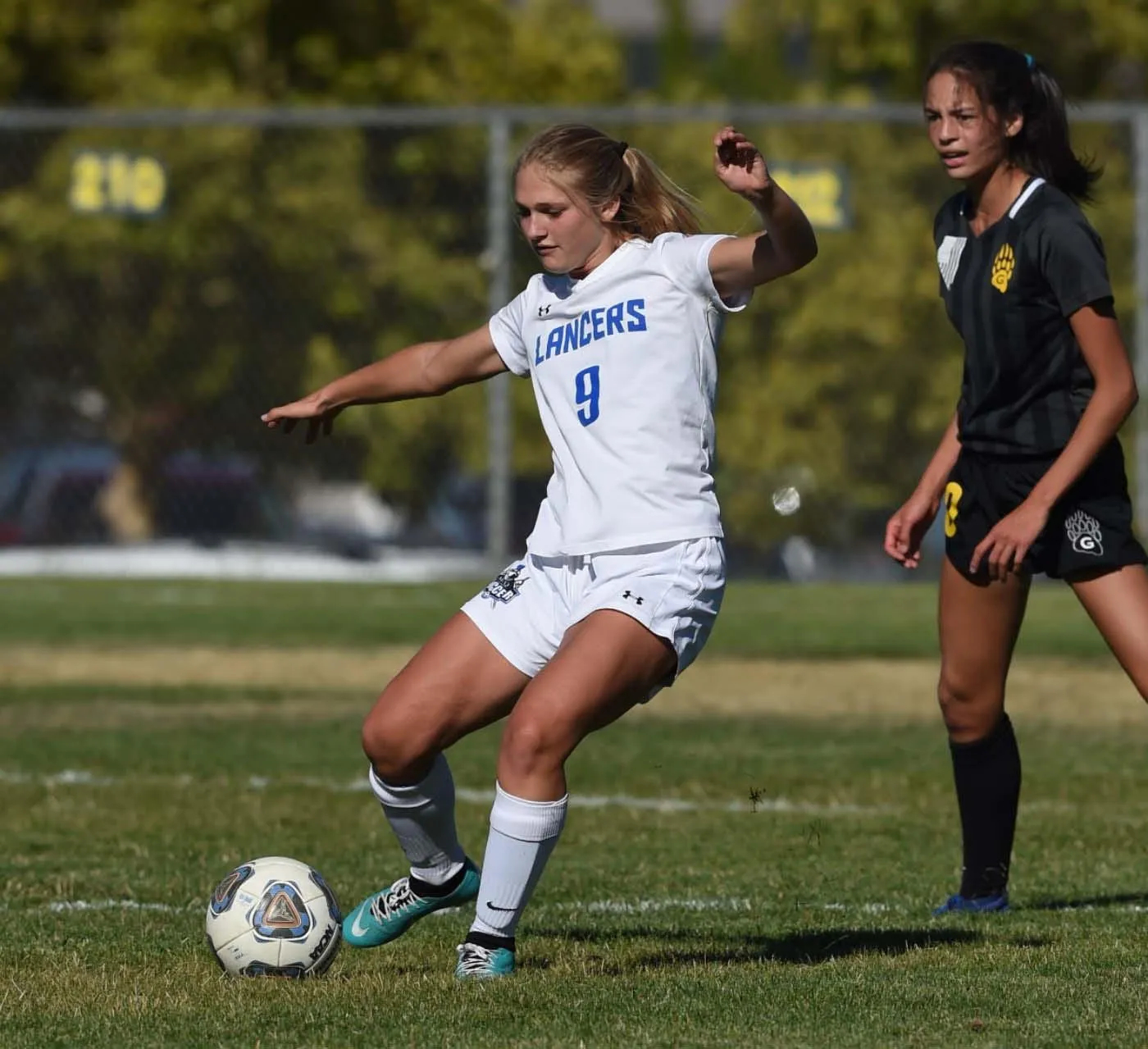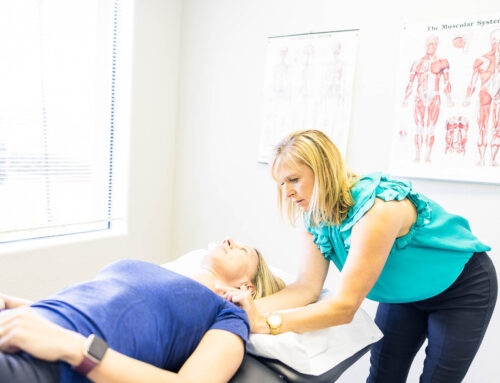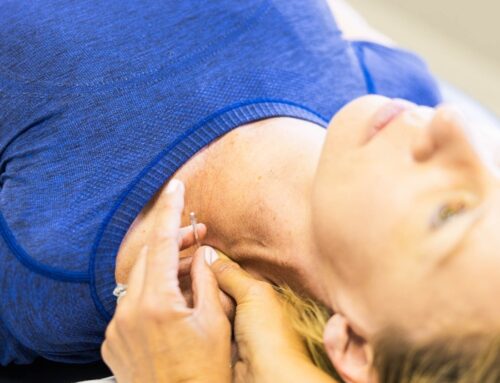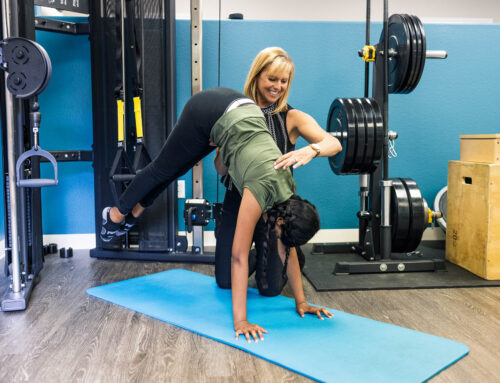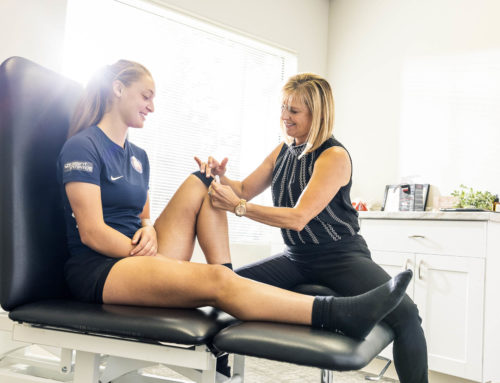When my kids were little and acting strange or cranky, my husband and I would look at each other and joke, “Growth spurt.” And while it would be a cover-all when we did not have an answer for the change in behavior, we were not far off. From birth through puberty the human body goes through massive growth and changes – more than any other time in life. That rapid growth puts strain and pressure on joints, ligaments, bones and muscle to all grow and develop, and most times, they don’t all grow at the same rate. This can cause pain and imbalance.
Typical “growing pains” symptoms should not be ignored, especially in youth athletes. The mentality that they will “grow out of it” could result in long-term injury.
Kids ages 11 to 16 are the most at risk for growing pains and injuries from growth spurts. Growing pains most commonly present in the knees, heels and legs. Runner’s/Jumper’s Knee, Achilles tendonitis, Sever’s Disease, and Osgood Schlatters are the four most common conditions we treat in youth athletes.
- Runner’s/Jumper’s Knee: This is more formally known as patellofemoral syndrome and it occurs when your kneecap has veered off the patellar groove. It is more common in females and presents as pain at the front of the knee and around the kneecap. It is caused by the repetitive, high impact movement of running or jumping.
- Achilles Tendonitis: Tight tendons, especially of the Achilles tendon, caused by overuse, repeated pounding or excessive force on the Achilles tendon. This causes inflammation or pain. It is temporary, but can reoccur with another growth spurt. This injury is most common in athletes who run, jump or pivot for their sport – e.g. tennis, basketball, and soccer.
- Sever’s Disease: Athletes with Sever’s disease are typically aged 9 to 13 years and participate in running or jumping sports such as soccer, football, basketball, baseball, and gymnastics. The typical complaint is heel pain that develops slowly and occurs with activity. The pain is usually described as feeling like a bruise.
- Osgood Schlatters: The tendon that connects the shinbone to the kneecap pulls on the growth plate at the top of the shinbone. It typically occurs in active teens during their growth spurt and resolves after the bone stops growing. It creates pain when running or with high impact sports like soccer or track.
Ignoring pain is a sure way to exacerbate injury. Even if it is growing pains and they will eventually grow out of it, the pain will still change the dynamics of the way the young athlete moves and create imbalances by putting improper pressure on the body.
If your athlete is complaining of pain during their sport, it is time to get them evaluated by a physical therapist. A physical therapist will be able to look at growth spurts in relation to their training and come up with a treatment plan to retrain their movements while they are growing.
Putting pressure on the growth plate can cause fracture or injury from the wrong stressors and can irritate the cells that are trying to grow. While we can’t predict growth spurts, we can anticipate them. Most kids get a little pooch or “spare tire” around the middle and then they shoot up. Feet growth is also a good indicator a kiddo is getting ready to sprout a few inches. But kids don’t always grow symmetrically. One side may grow faster and can create the imbalance that causes the pain or injury.
When I work with youth athletes in periods of growth, I look at muscular balance. As they are growing their body map changes. Your body map is how our body moves through space. As an adult, we are pretty confident about how much space we take up, how to walk, how to go through a door, etc. But prepubescent and pubescent teens move a little like a baby giraffe – all legs and arms. They trip over air and can be quite clumsy because they are trying to figure out their body map, which is changing daily. If they are doing too much exercise, too much training, and too much repetitive motion in one way during this stage, then you get Sever’s, stress fracture, Achilles tendonitis, shin splints, heel pain, and knee pain.
The two simplest, but hardest prescriptions for youth athletes, are Rest and Recovery. When there is pain, we have to rest the body and let it heal, then we can change the training style so they are still moving, but not straining. We focus on neuromuscular reeducation, which gets the muscles and nerves to fire correctly and in balance. Once we have balance, the pain goes away and the athlete can go back to the sport they love. But it is important to continually watch your young athlete. It is typical that they will need physical therapy several times throughout their growth cycle if they are playing their sport continually. At Battle Born Health, we are committed to helping athletes play their best and protect their bodies for the long term.

